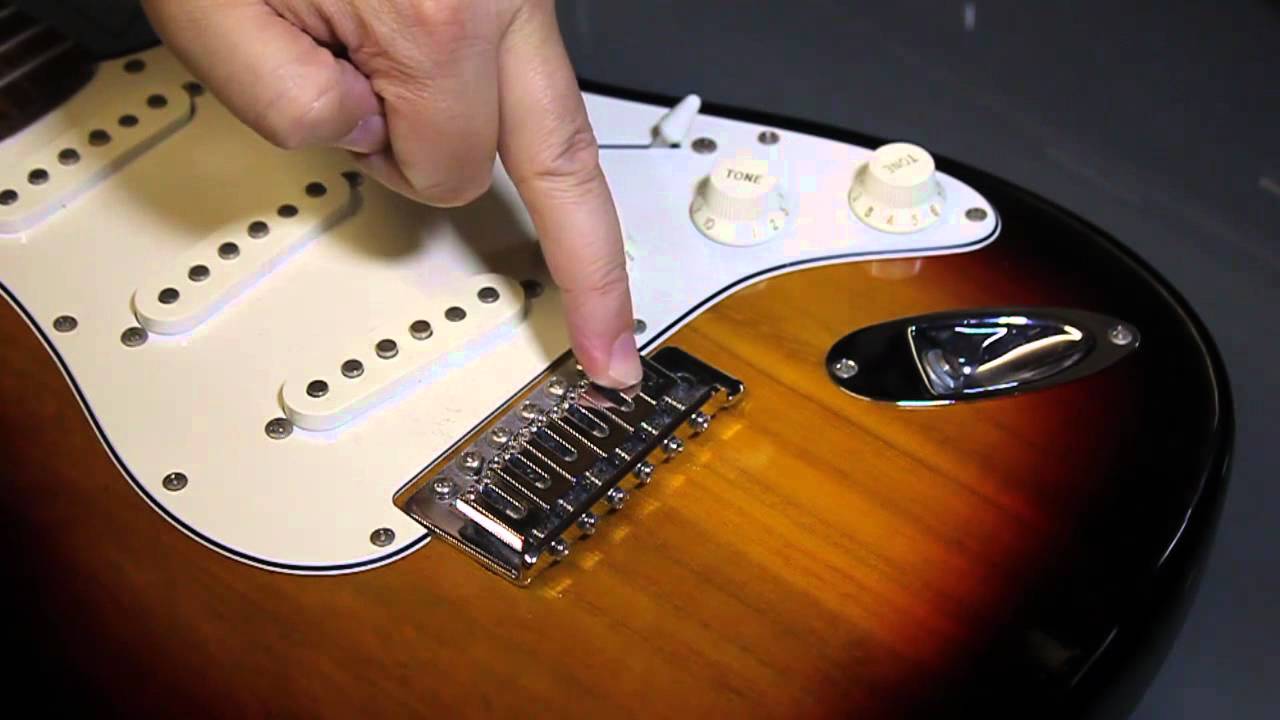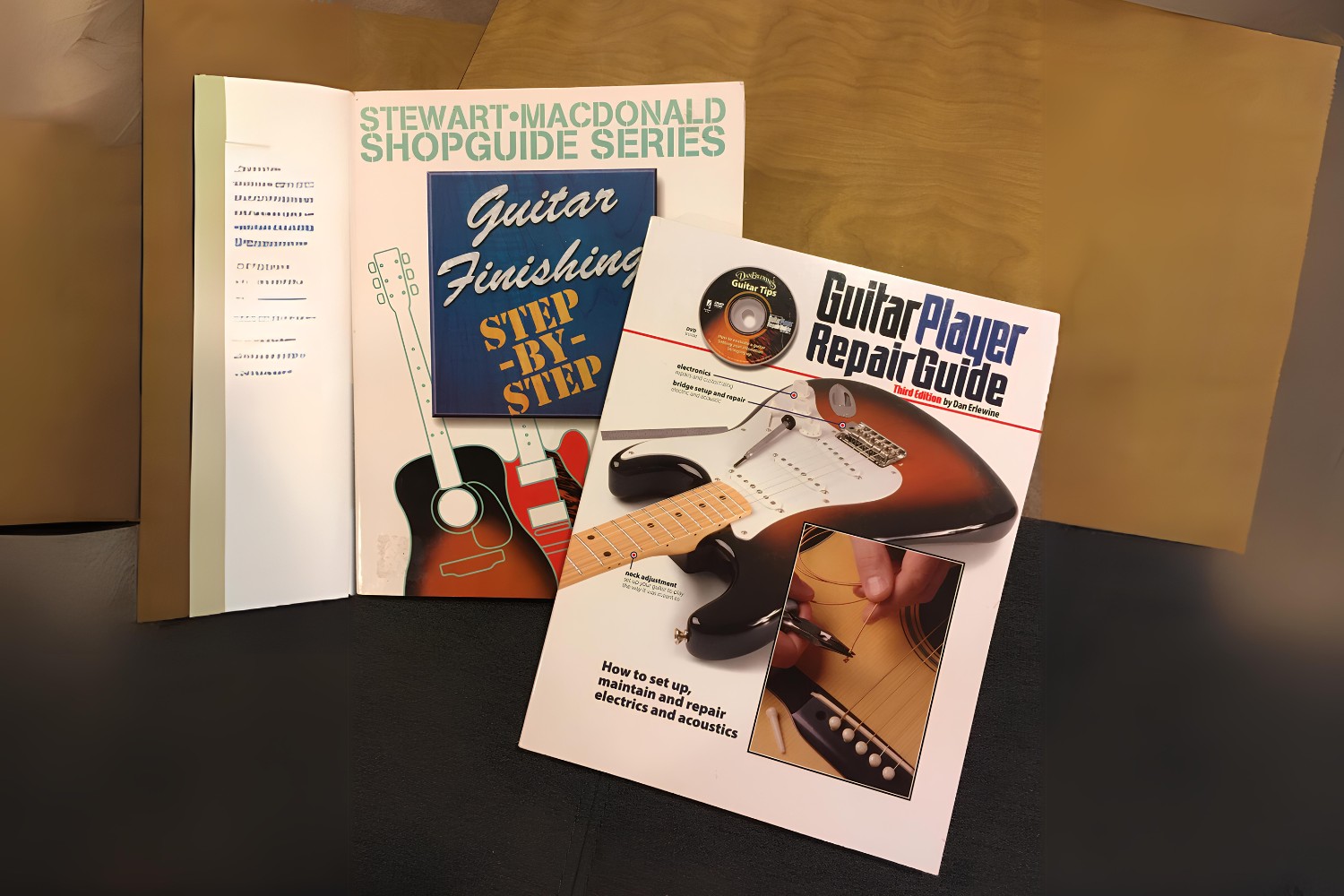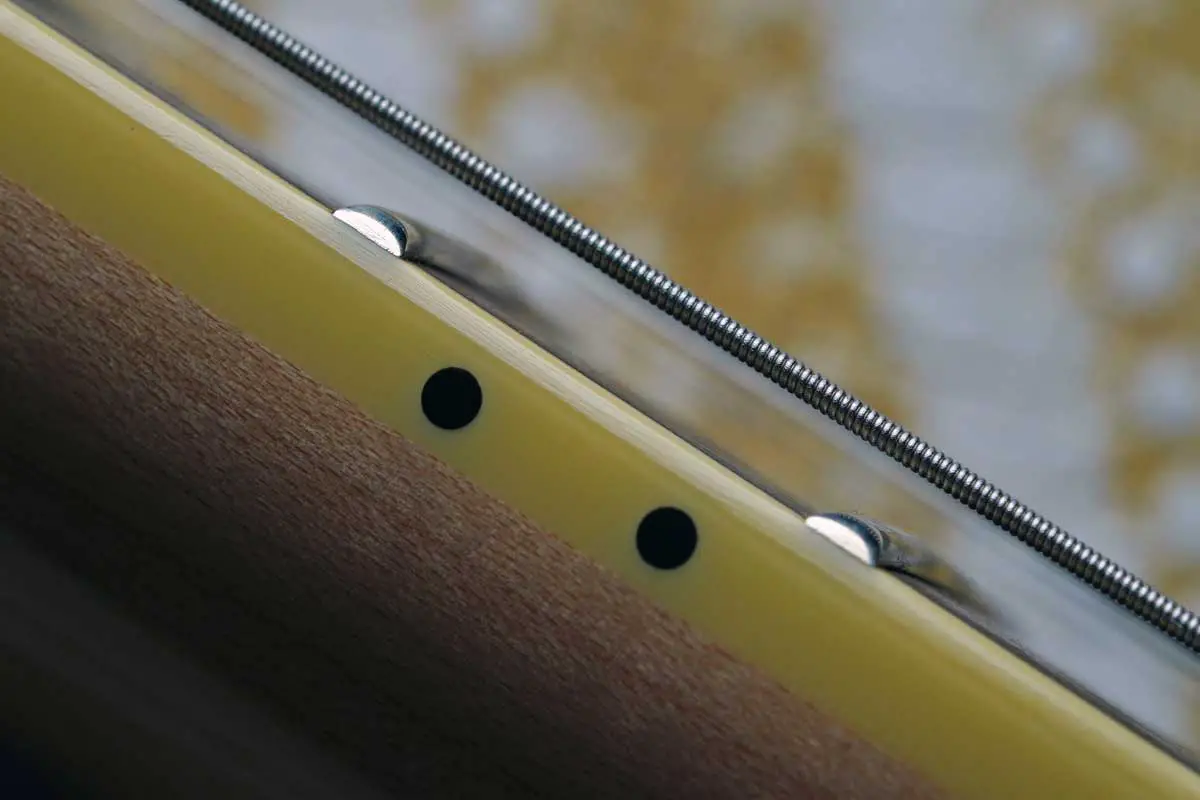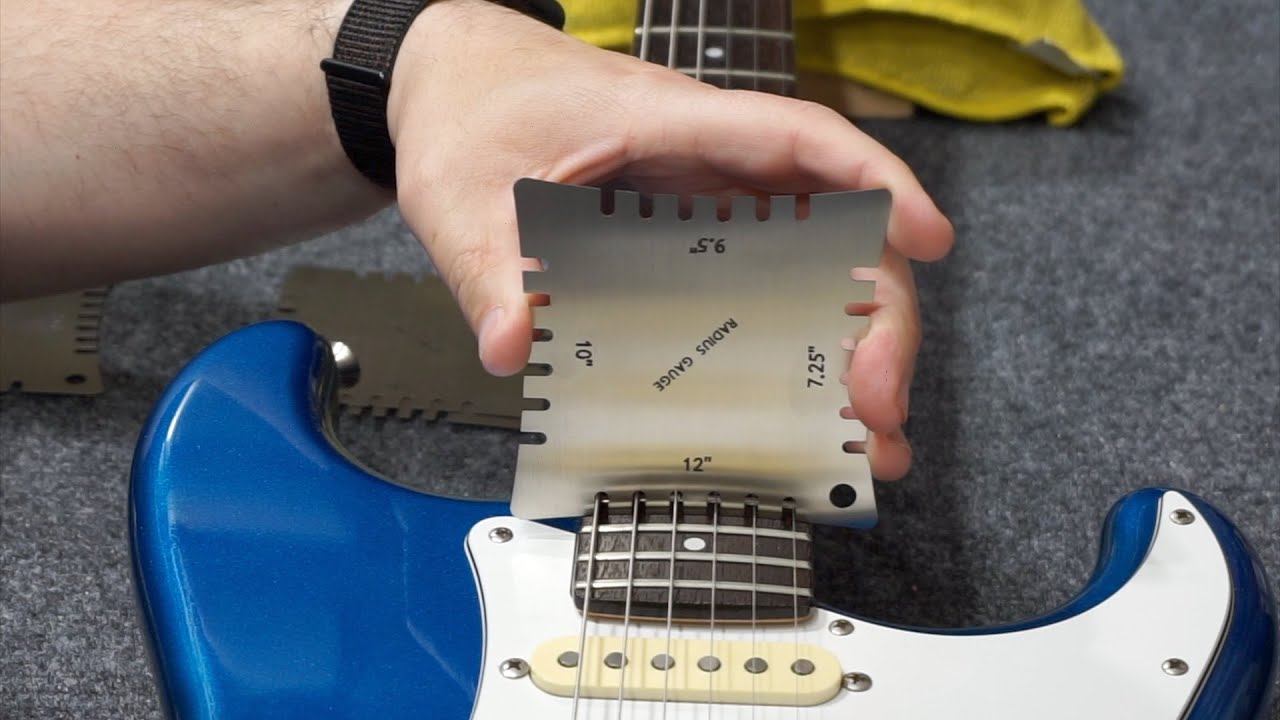Introduction
Electric guitar strings are a vital component of your instrument, playing a crucial role in producing the rich, vibrant tones that define your sound. Understanding how often to change your electric guitar strings is essential for maintaining the quality of your music and the playability of your instrument. While there is no one-size-fits-all answer to this question, several factors influence the lifespan of your guitar strings, including your playing style, the frequency of use, and environmental conditions. By recognizing the signs that indicate it’s time to change your guitar strings and implementing effective maintenance practices, you can optimize the lifespan of your strings and ensure that your instrument consistently delivers the best possible sound.
As a guitarist, your connection with your instrument is deeply personal, and the condition of your guitar strings directly impacts your playing experience. Whether you’re a seasoned performer or a passionate beginner, knowing when and how to change your electric guitar strings is crucial for achieving the desired tone and playability. This article will guide you through the various factors that affect string lifespan, the telltale signs that indicate the need for a change, and practical tips for extending the longevity of your guitar strings. By the end of this article, you’ll have a clear understanding of how to determine the optimal frequency for changing your electric guitar strings, empowering you to maintain your instrument in top condition and unleash your musical potential.
Factors Affecting String Lifespan
Several key factors influence the lifespan of electric guitar strings, ultimately determining how often they need to be changed. Understanding these factors is essential for maintaining the quality and playability of your instrument.
- Playing Style: Your playing style significantly impacts the longevity of your guitar strings. Aggressive strumming and frequent bending can cause strings to wear out more quickly, requiring more frequent changes. Conversely, a lighter touch and gentler playing can extend the lifespan of your strings.
- Frequency of Use: The more you play your guitar, the faster your strings will deteriorate. Regular practice and performances can lead to increased wear and tear, necessitating more frequent string changes to maintain optimal tone and playability.
- Environmental Conditions: The environment in which your guitar is stored and played also affects string lifespan. Exposure to humidity, temperature fluctuations, and airborne contaminants can accelerate corrosion and deterioration, shortening the life of your strings.
- String Material: The type of material used in your guitar strings plays a significant role in determining their lifespan. Nickel-plated steel, stainless steel, and other alloys each have distinct durability characteristics, impacting how frequently they need to be replaced.
- Quality of Strings: The quality of the strings themselves is a crucial factor. High-quality, well-constructed strings are less prone to premature breakage and corrosion, offering a longer lifespan compared to lower-quality options.
By considering these factors, you can gain insight into the unique circumstances that affect the longevity of your guitar strings. This understanding will empower you to make informed decisions about when to change your strings and take proactive measures to extend their lifespan.
Signs that It’s Time to Change Your Guitar Strings
Recognizing the signs indicating the need to change your electric guitar strings is crucial for maintaining the quality of your instrument’s sound and playability. While the ideal frequency for changing strings varies based on individual circumstances, certain indicators can help you determine when it’s time for a fresh set.
- Loss of Brightness: Over time, guitar strings lose their brightness and clarity, resulting in a dull, muted sound. If your strings sound lifeless and lack the vibrant tones they once had, it may be time for a change.
- Corrosion and Discoloration: Rust, corrosion, or discoloration on the surface of the strings is a clear sign of wear and tear. These visual cues often accompany a decline in sound quality and playability, indicating that the strings are reaching the end of their lifespan.
- Frequent Tuning Required: If your guitar struggles to hold its tuning and requires frequent adjustments, worn-out strings may be the culprit. Old strings lose their elasticity and stability, leading to tuning instability and pitch discrepancies.
- Unwanted Noise and Squeaks: Worn strings can produce unwanted noise, squeaks, and rattles during play, detracting from the overall sound quality. If you notice extraneous sounds that disrupt your playing, it’s a clear indication that new strings are needed.
- Physical Wear and Tear: Visible signs of physical wear, such as fraying, flat spots, or kinks along the length of the strings, signal that they have endured significant use and may no longer deliver optimal performance.
By paying attention to these signs, you can proactively assess the condition of your guitar strings and make informed decisions about when to replace them. Regularly inspecting your strings for these indicators will help you maintain a high standard of sound quality and playability, ensuring that your instrument consistently delivers the performance you desire.
How Often to Change Electric Guitar Strings
The frequency of changing electric guitar strings varies based on individual circumstances and preferences. While there is no definitive timeline for string replacement, several general guidelines can help you determine an appropriate interval for changing your strings.
For casual players who engage in light practice sessions a few times a week, changing strings every three to six months is often sufficient to maintain a fresh, vibrant tone. However, if you’re a dedicated musician who frequently performs, records, or practices intensively, more frequent changes may be necessary to uphold optimal sound quality and playability. Professional guitarists and touring musicians often change their strings every few weeks or even before each performance to ensure consistency and reliability in their sound.
Additionally, the specific requirements of your playing style and the genre of music you perform can influence the frequency of string changes. Heavy strumming, aggressive bending, and extensive use of techniques like palm muting can expedite the wear and tear on your strings, necessitating more frequent replacements. Conversely, lighter playing styles and genres that involve minimal string manipulation may allow for longer intervals between changes.
Ultimately, the decision of how often to change your electric guitar strings is subjective and depends on your personal preferences, playing habits, and performance demands. Regularly assessing the condition of your strings and being attentive to changes in sound quality and playability will guide you in determining the most suitable timeframe for string replacement.
By understanding the unique factors that influence string lifespan and considering your individual playing circumstances, you can establish a personalized schedule for changing your electric guitar strings, ensuring that your instrument consistently delivers the desired tone and performance.
Tips for Extending the Lifespan of Your Guitar Strings
Implementing effective maintenance practices and adopting mindful playing habits can significantly extend the lifespan of your electric guitar strings, reducing the frequency of replacements and preserving the quality of your instrument’s sound. Consider the following tips to optimize the durability and performance of your strings:
- Regular Cleaning: Wipe down your strings with a clean cloth after each playing session to remove sweat, oils, and debris that can contribute to corrosion and deterioration. This simple practice can help maintain the integrity of the strings and prolong their lifespan.
- Wash Your Hands: Before playing, ensure that your hands are clean to minimize the transfer of oils and dirt onto the strings. This can prevent the accumulation of grime and contaminants that expedite string wear.
- Use String Lubricant: Applying a high-quality string lubricant can reduce friction and inhibit the accumulation of dirt and debris between the windings, enhancing the longevity of your strings.
- Proper Storage: When not in use, store your guitar in a controlled environment with stable humidity and temperature levels to prevent unnecessary exposure to moisture and other damaging elements.
- Stretching and Tuning: Properly stretch new strings after installation to minimize initial stretching during play, which can contribute to premature wear. Additionally, tune your guitar accurately to reduce unnecessary tension on the strings.
- Adjust Playing Technique: Be mindful of your playing style and technique to minimize excessive wear on the strings. Avoid unnecessary bending, aggressive strumming, and prolonged palm muting to preserve the integrity of the strings.
- Quality Strings: Invest in high-quality strings from reputable manufacturers to ensure durability and longevity. Well-constructed strings are less prone to premature breakage and corrosion, offering extended performance.
By incorporating these tips into your guitar maintenance routine and being mindful of your playing habits, you can effectively extend the lifespan of your electric guitar strings. These proactive measures not only reduce the frequency of string changes but also contribute to sustaining the rich, vibrant tones and playability of your instrument, allowing you to fully enjoy your musical experience.

























